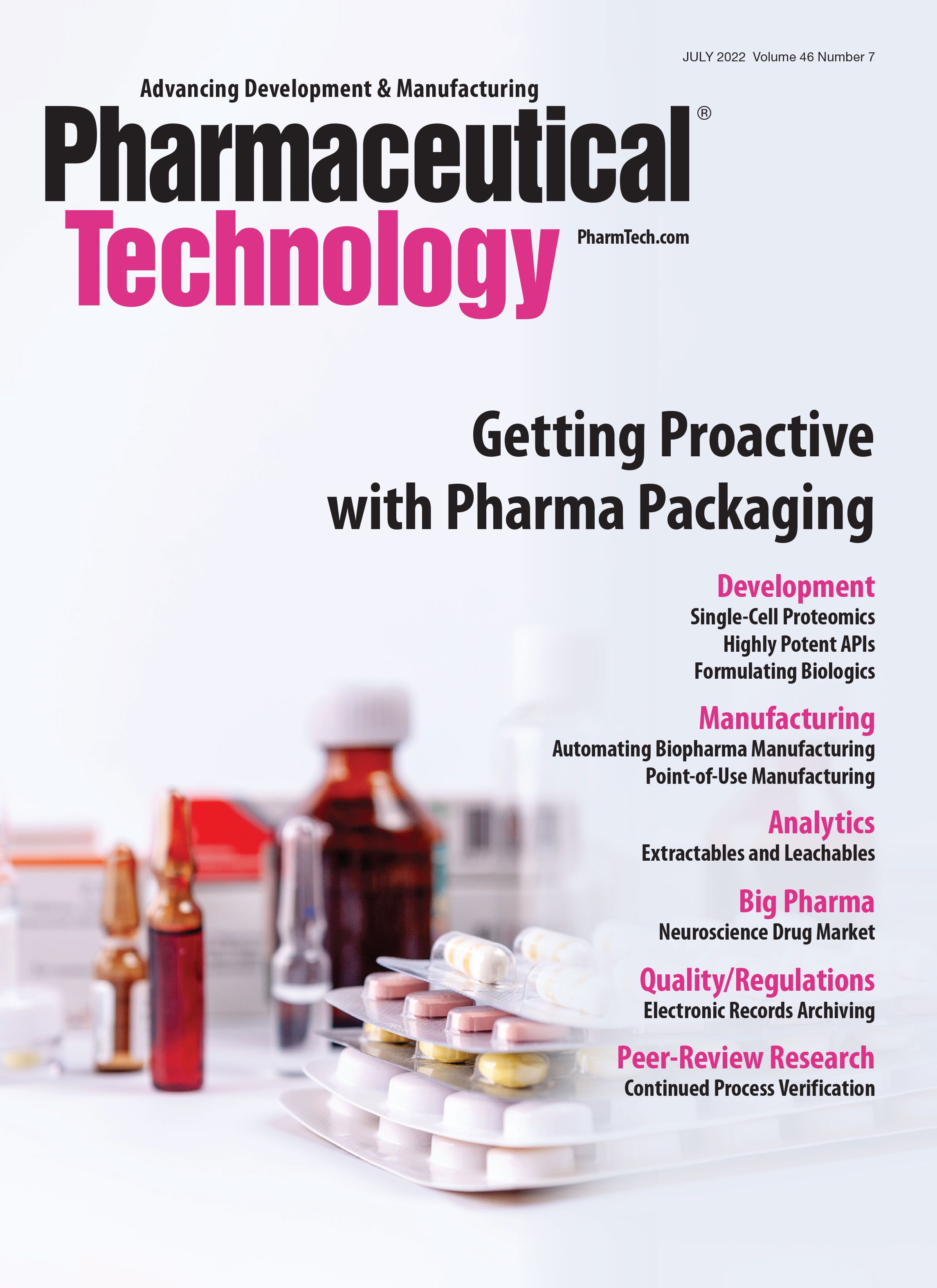How Can We Come Up Short So Often?
Systemic inefficiencies in the pharmaceutical industry undermine problem-solving efforts.
As infant formula shortages force parents to be creative in finding new types of supply, the post-pandemic world forces us all to be more aware of what products we need, and what systems we rely on to get them. Pharmaceutical companies, already focused heavily on implementing serialization tools for the US Drug Supply Chain Security Act (DSCSA) requirements, could “... link serialization data with temperature data collected along the supply chain (such as storage, transportation, last mile, and more) to gain better end-to-end visibility and leverage stability budgets across the supply chain,” conjectures an Elpro representative in an article in this issue on cold chain advances by Suzanne Shelley (1). Vaccine access and efficacy conversation has had a spillover effect placing food and drug supply more into mainstream conversation.
Inside that conversation, one of the largest (missed?) opportunities and unmet needs, continues to be neurological health. The second installment of Pharmaceutical Technology’s new series “Weighing Up Big Pharma” looks with a Sophoclean steady gaze at industry performance. One major conclusion is that, “Pharma should expand on successful cell therapies in oncology by applying these development and manufacturing methods to neuronal cell therapies,” asserts author Marina Necdina (2). She also contends that products have resorted to dealing with effects (such as beta amyloid plaques) rather than their root causes. Memory enhancing drugs—both in business performance and private pursuits—would be on most people’s wish list as welcome additions. But ending or mitigating neurodegenerative diseases are a holy grail, worth any effort.
And as a parting thought, more than 25% of drugs on the market worldwide and candidates in the pharmaceutical pipeline are considered to be formulated with highly potent APIs (HPAPIs) in 2020. More than 115 contract manufacturing organizations had the capability to produce highly potent drugs, and many had recently invested or were in the process of implementing capacity expansions to meet growing demand for HPAPIs and products formulated with them. “But in addition to specialized facilities, equipment and highly trained personnel,” writes Cynthia Challener. “Organizations developing and manufacturing highly potent drugs must have the requisite expertise to overcome numerous formulating challenges ranging from lack of sufficient toxicity data to managing poor solubility and bioavailability to ensuring uniform dosing of low concentrations of HPAPIs” (3). How to manage manufacture and deployment of these strong drugs, remains a challenge.
References
1. S. Shelley, BioPharm Int. 35 (7) (2022).
2. M. Necdina, PharmTech 46 (7) (2022).
3. C. Challener, PharmTech 46 (7) (2022).
About the author
Mike Hennessy Jr. is the President and CEO of MJH Life Sciences.
Article details
Pharmaceutical Technology
Volume 46, Number 7
July 2022
Page: 8
Citation
When referring to this article, please cite it as M. Hennessy, “How Can We Come Up Short So Often?,” Pharmaceutical Technology 46 (7) 8 (2022).

Drug Solutions Podcast: A Closer Look at mRNA in Oncology and Vaccines
April 30th 2024In this episode fo the Drug Solutions Podcast, etherna’s vice-president of Technology and Innovation, Stefaan De Koker, discusses the merits and challenges of using mRNA as the foundation for therapeutics in oncology as well as for vaccines.
Drug Solutions Podcast: Applying Appropriate Analytics to Drug Development
March 26th 2024In this episode of the Drug Solutions Podcast, Jan Bekker, Vice President of Business Development, Commercial and Technical Operations at BioCina, discusses the latest analytical tools and their applications in the drug development market.
Pharmaceutical Tariffs Are Imminent: How Industry is Bracing for Impact
April 16th 2025On April 14, 2025, the Trump Administration launched a national security-driven investigation into pharmaceuticals, a move that will likely result in tariffs being placed on pharmaceutical drugs, ingredients, and other components that are imported from outside of the United States.